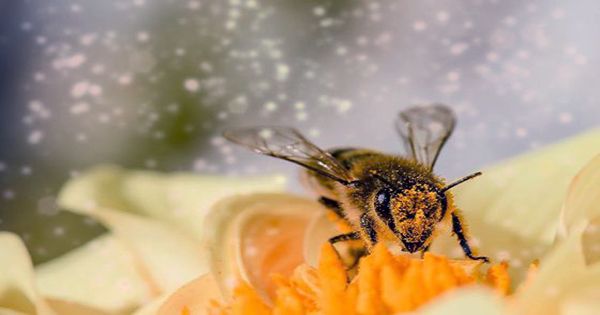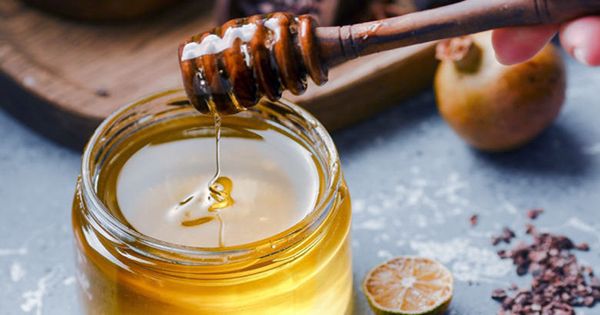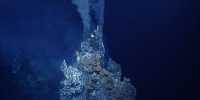The land was destroyed as the United States and the USSR tested the first few atomic bombs during the Cold War in isolated areas across the United States, the Pacific Ocean, and Russia. Over the next few decades, both superpowers tested hundreds of devices that drew the sky with radiation.
New research suggests you can observe this nuclear test in a modern, everyday item – researchers have detected levels of the radioactive element cesium-137 in American honey, even after all these years. Even though it sounds alarming, the levels of cesium-137 are far below what could be harmful. Honey is still safe and delicious, but it demonstrates the far-reaching and lasting effects of the entire atomic bomb test of the twentieth century.

This certainly did not leave out the top author Jim Caste, whose research was published in Nature Communications. Kaste, associate professor at William & Mary University, Virginia said in a statement, “I’m not trying to tell people that they shouldn’t eat honey. I feed my kids honey.”
“I eat more honey now than when I started this project.” This study was started in 2017 as a new seminar. Geology 150: While teaching radioactive contamination, Kaste wanted to show his students the effects of H-bomb tests in New Mexico, Nevada and Utah in the United States. As they go on spring break, he asked them to bring back locally sourced plant foods from anywhere to test for cesium in their lab.
Lots of products have been brought back with minute detection of cesium, but the honey from the farmers market in Religh, North Carolina, was 100 times hotter than the rest of the honey. “I really can’t believe it,” Kaste said last year. “I measured it again because I thought something had happened to the container or my detector was believing I was reproducing the measurement. And it was 100 times warmer than any other food.”
The scythe and colleagues led to investigate how cesium-137 could travel these distances on shelves on the east coast of the United States from isolated nuclear test sites. Taking honey pots from different regions of North America, they analyzed each sample for evidence of radioactive isotopes. In total, 122 honey samples were tested. Incredibly, different amounts of cesium-137 were not found in 68 of them. Florida, Georgia, and South Carolina won the top prize for radioactivity in most cases, although North Virginia had only 12 samples out of a total of 40 containing cesium-137 in the United States. So, how are bees so good at picking one of the most dangerous isotopes in history?
















